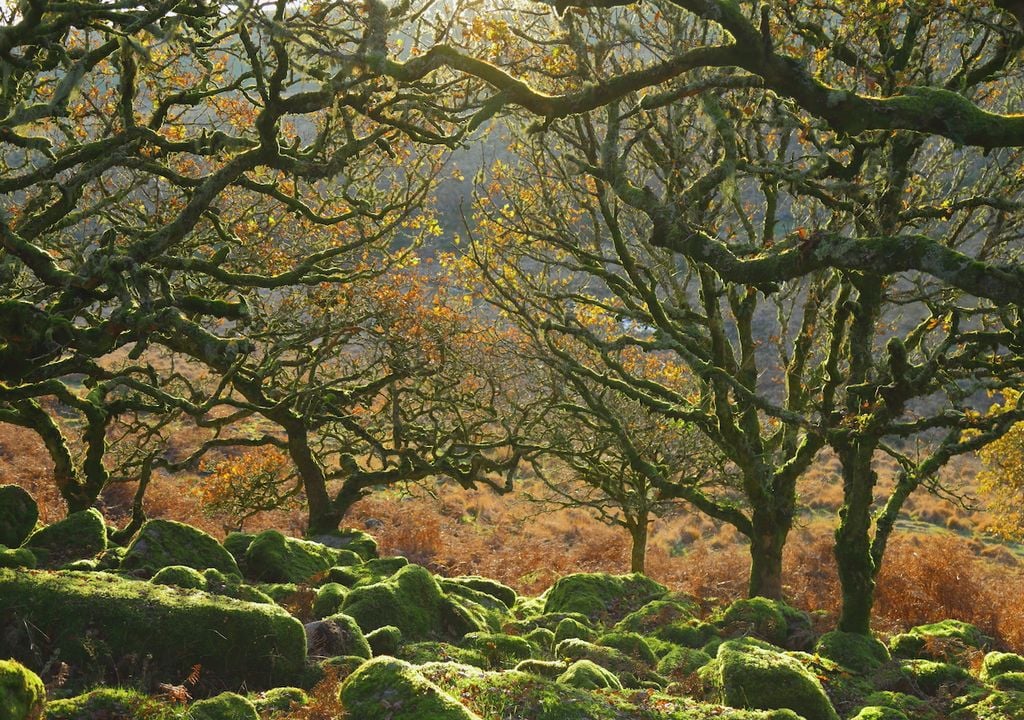University of Plymouth team shows flooded soils can harm trees planted for climate mitigation
University of Plymouth researchers plant oak to upland areas to see how harmful flooding of soils is to tree health. What does this mean for UK climate change mitigation?

Flooding has intensified in the UK in recent years affecting low-lying areas near rivers in England and Wales in particular. Ground saturated by water leads to water-logging or reduced oxygen levels, changing habitats as a result. Even fields across Scotland can be seen drenched by water, where former grasslands have turned to wetlands.
It is not only low-lying areas that at risk of saturation. Researchers have said that upland parts of the UK could see more rainfall each year than what has even been predicted by climate models, according to their study published in Forest Ecology and Management.
The study's team from University of Plymouth have spent some years seeing how forests can be a tool to combat climate change, looking at the planting of forests (in the UK, as temperate rainforests). They planted acorns from English oak trees in containers with different states of soil. This included soils completely saturated with water, to those with low saturation levels (less flooding).
The acorns did not survive in soils that were flooded but improved greatly at lower levels of saturation. As saturation dropped, survivability rose in direct correlation. The seedlings that did survive but were in somewhat saturated soils showed inhibited growth such as in the length of the shoots and leaf health.
The research team also went out to the field to plant English oak and Sessile oak saplings in a part of Dartmoor that is known to become waterlogged seasonally. Similar effects were seen regarding the shoot growth and leaf condition, confirming prior observations.
Tree takeaways: Planting oak in upland areas
They found more saturated soils in upland areas like Dartmoor, the Lake District and the Highlands of Scotland affects the survival of acorns and oak tree saplings.
Dr Thomas Murphy, Lecturer in Environmental Sciences at the University of Plymouth, is the study’s lead author. He said: “In recent years, there have been increasing calls to plant more trees as part of the global effort to combat climate change. Restoration and expansion of temperate rainforests, which are a globally rare ecosystem, is seen as one of the potential solutions.”
With the team’s past work in predicting future rainfall, they wanted to find out if the forests and woodlands being planted will support naturally colonising trees such as oak.
Use biosecure trees from nurseries with Plant Healthy certification or similar to protect against pests and diseases.
— Forestry Commission (@ForestryComm) May 8, 2024
Plant a diversity of tree species to encourage greater resilience and adaption to climate change.https://t.co/Uvh8G3T80A#PlantHealthWeek #TreeHealth pic.twitter.com/Vii6zCC0MT
“Our results show that higher water levels within soils directly contribute to reduced survival of both acorns and young oak trees. We believe it provides landowners, land managers and policy makers with important information as to which species might work in particular locations to support more resilient future rainforests.”
Using the colonisation of native trees to create new mixed woodland is on the agenda for the Forestry Commission, where a government report states this is key to rewilding.
These insights show how important it is to consider soil conditions and rainfall or saturation levels when choosing the location of a forest. The team say that what they find reinforces the importance of better comprehending the impact of soils on the development of trees, particularly of those with national importance for rewilding and climate mitigation, like oaks.
Reference of the news:
Soil saturation limits early oak establishment in upland pastures for restoration of Atlantic oak woodlands. Forest Ecology and Management. 2024.








